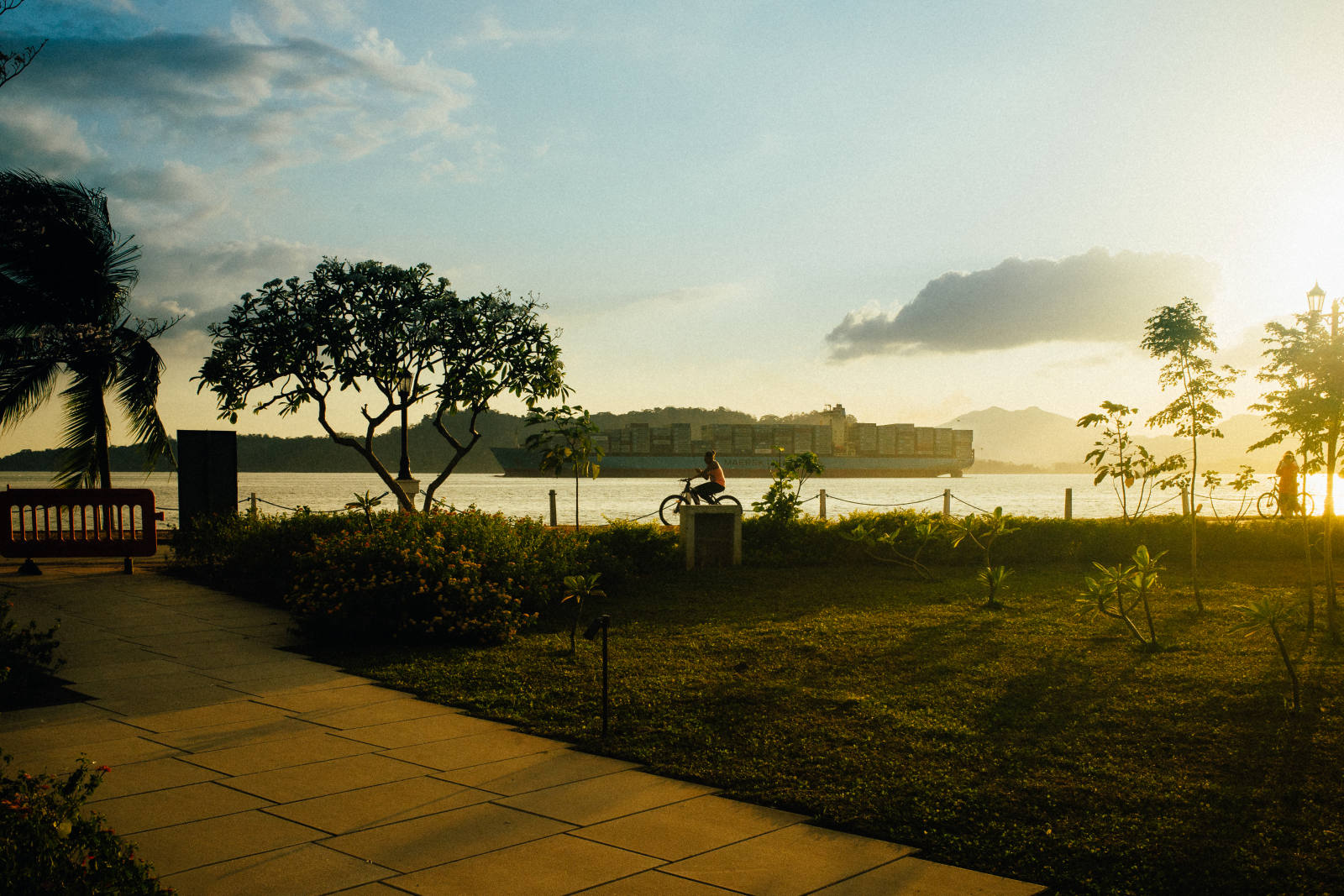
Grounds of the Museo de la Biodiversidad, in Panama. Photo ©Jorge Yau
Edwina von Gal on Ecological Action and Habitat Restoration
By Gayil Nalls
Sign up for our monthly newsletter!
As a landscape designer since 1984 you have worked closely with nature, from analyzing soil and existing vegetation, to focusing on aesthetics and plant selection. But a project in Panama took your involvement to a different level of sustainability. Tell us about your work on Panama’s Biomuseo (Museum of Biodiversity) with Frank Gehry.
The project with Frank Gehry was to design a park for the museum of biodiversity, which ultimately became called the Biomuseo. It was part of the lands that were returned to Panama when the agreement was forged for the canal to be returned to Panamanian control, there was a lot of really amazing real estate involved.
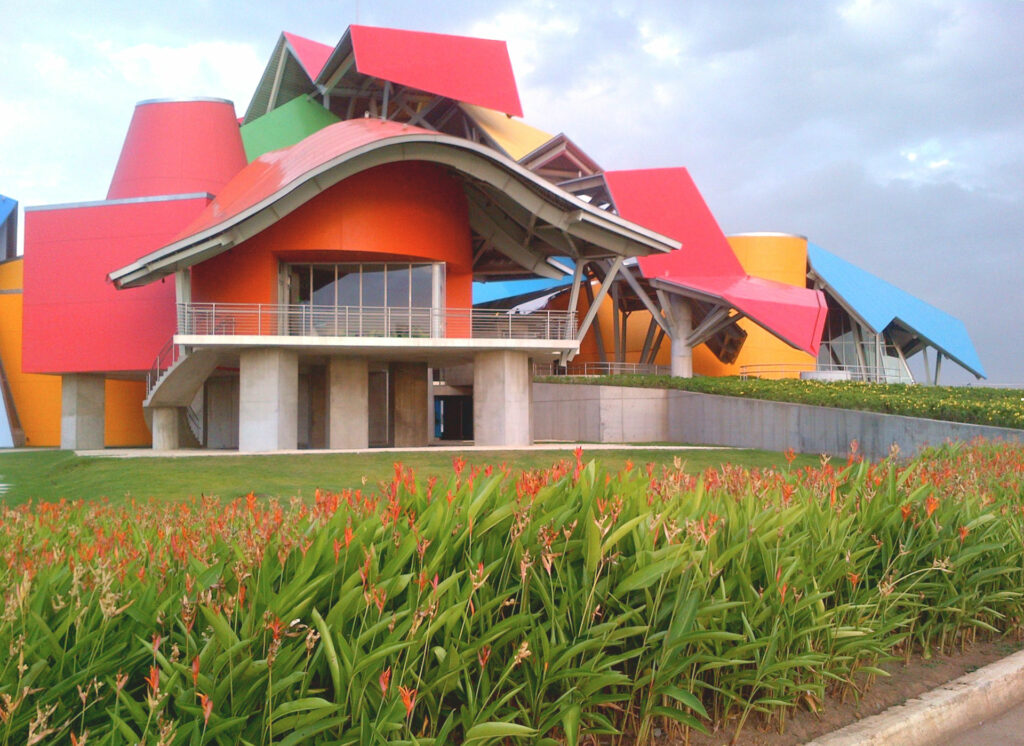
Frank Gehry’s wife is Panamanian. That was where the connection came in, and they did a master plan for what the Panamanian government could do with all these amazing properties. The only one of all of the different options that actually was chosen for development was the Biomuseo, and it’s on a bit of land that separates the Bay of Panama from the mouth of the canal. The museum building, his first in Latin America, is classic Frank Gehry but with primary colors. We had always had this conversation about how he wanted to design a building that really reflected what was going on both outside and inside the building.
He knew that it was always important to me to design landscapes that reflected the building and the place it was in; then how do you create a landscape that’s just this really seamless segue from the ego of architecture to the intensity of nature. In a way, I’ve always felt that I need to write myself out of that because otherwise it starts getting to be a lot of powerful voices and a bit chaotic, and I’m going for peace and seamlessness. Luckily it all worked. The budgets were low, so it wasn’t really something that he could hire a big famous landscape architecture firm to do. I could go and work out of Frank’s office, be in Panama for weeks at a time learning about the native plants because, of course, as a museum of biodiversity, it had to primarily celebrate the natural history of the biodiversity and ecology of Panama. That’s what it has done. Then we got involved. One thing led to a next.
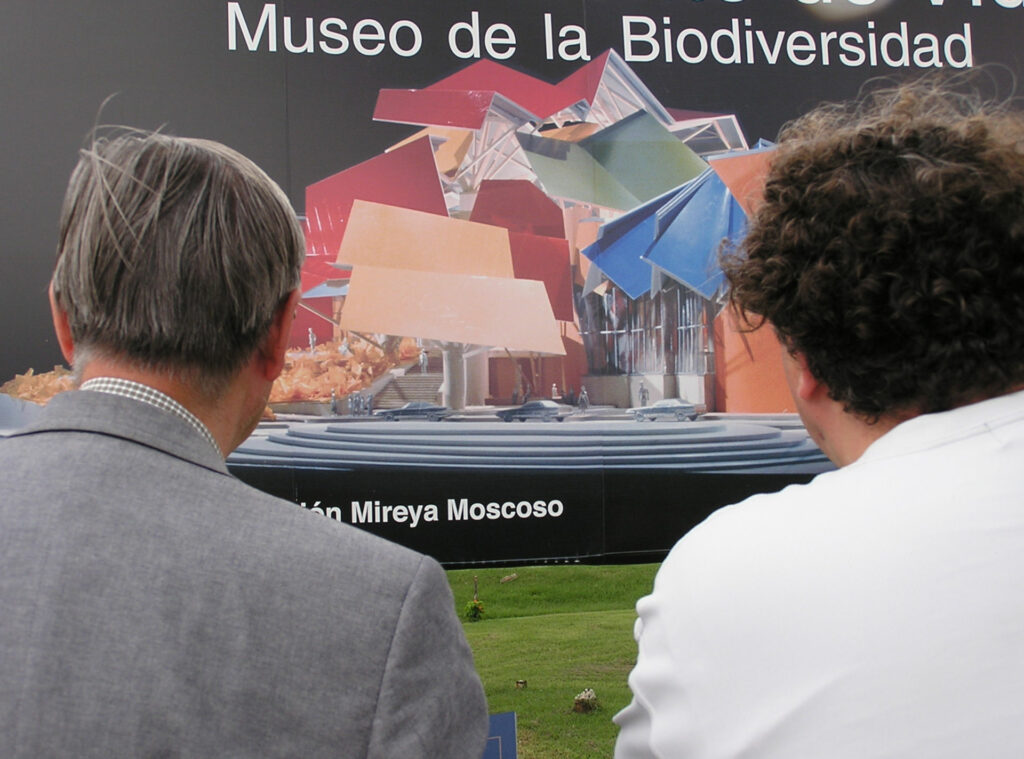
Where did the native plants that were used come from?
There were no native plant nurseries in Panama. Even now, 20 years later, there are only a few doing private nursery work. Basically, plants are coming from the soil, in many cases, from spontaneous generation and transplant. We also brought in specimens that people donated, some cuttings but largely seed.
There wasn’t a budget to plant trees, and rather than put in 6-inch trees used for reforestation projects, we decided to let the healing power of nature do its work. So, this is what secondary successional looks like when you garden with nature. They do not have a lot of pressure from invasives there, just some canal grass, but that’s easy to control it in such a small space. It was possible to just let things happen.
Let nature do what nature does so well…
So, someone donated an orchid collection, but I was always like, “I don’t think so.” Because orchids are the first thing to get stolen. Then there was a bunch of cycads, because one of the professors at the University of Panama had an amazing cycad collection. We used some very nice cycads, but not the really valuable ones because it’s just too…
Risky?
Well, yes. Too risky.
So after, in 2008, you co-founded the Azuero Earth Project in Panama to promote chemical free reforestation and habitat restoration with native trees on the Azuero Peninsula.
Yes, we started in 2005, but it was in 2008 when we finally got a US 501c3 for the Azuero Earth Project. It was difficult and took us a few years to get non-profit status for this native species reforestation project because if you’re raising money in the United States and sending it to a foreign country they’re careful because of the potential of terrorism and so forth. The Azuero Earth Project was the first one in the country, perhaps the world, to use exclusively native species and zero fertilizers or pesticides.
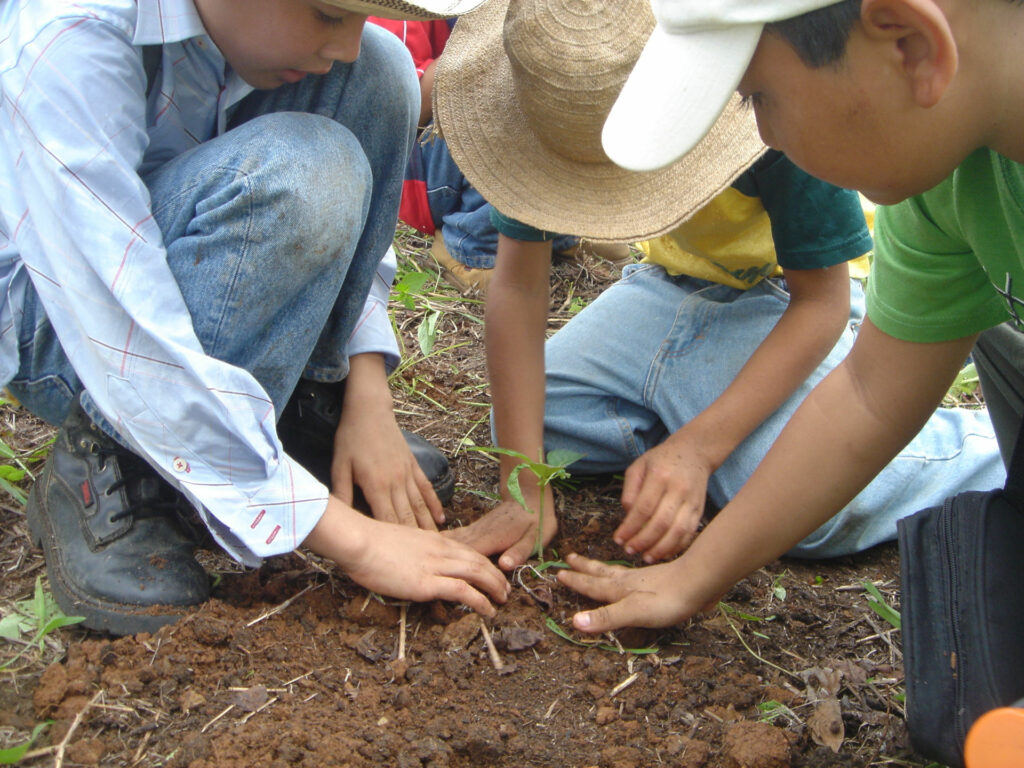
Can you explain more about the project, and chemical free reforestation?
I went out to the Azuero Peninsula to meet the landowner who was putting up the land and the money to do the first native species reforestation project, a collaboration between the Smithsonian Tropical Research Institute based in Panama and Yale Forestry. While I was there talking with all these guys from STRI and Yale and looking at how much the land has been unnecessarily degraded, and how it was working against the local farmers. By cutting all the trees, their lands were becoming less and less and less productive. This was an interesting conversation. There was a lot of new material coming in about silvopasture, the practice of integrating trees, forage, and the managed grazing of domesticated animals in a mutually beneficial way. We thought, “Oh, hey, let’s start a little nonprofit. Let’s look at what we could do here.” They said, “Well, this is how you do it.” How you do it included fertilizers and pesticides.
I said, “Well, why don’t we leave out the fertilizers and pesticides because it doesn’t make sense for us to be promoting the idea that the only way you can grow a native plant is with chemicals. That’s not a good message.” They say, “Oh, you got to.” I said, “Well, no, we don’t have to. Why do we have to?” Turned out the reason why is that they come from the world of forestry. Forestry is about growing trees as products. The idea is that you’re a tree as fast and as clean as possible. We we’re growing trees for our key indicator species, which was the Azuero spider monkey (Ateles geoffroyi azuerensis), a critically endangered spider monkey, close to extinction. That monkey probably would be better off without the chemicals. We started looking around because they started pushing us saying, “You can’t do it.”
We kept saying, “Well, I don’t see why not. These trees were here long before us and long before chemicals.” We thought, “Well, let’s see who else is out there, who has done it?” We couldn’t find a single project anywhere in the world that had made that commitment. I made the commitment. Basically, I got to because as these things go, the rest of the guys from Yale, they were young, they went off to get their PhDs, get married, have kids, and I was left running the show. I said, “It’s what we’re doing.” And we did and it’s become a really wonderful foundation for our message.
It’s thriving these days?
It is. And now it’s a fully Panamanian nonprofit. It’s run by a Panamanian, and the board’s all Panamanian. There are some of us gringos who just remain as friends and advisors and help connect with what’s going on in the States and different things that we can do to support it but it’s doing well. An added component, which has been extraordinarily effective, is sending teams into local schools and teaching the children there the benefits of trees. It’s been going on so long now that some of those students have come back as teachers themselves and cite our programs as very instrumental and inspirational in their decision to return to the Azeuro, which is really the middle of nowhere, and teach environmental studies.
In addition, we created a program where local women collect seed and grow the seedlings and then sell them to Azuero Earth Project. AEP gives them what they need to do it, the training and the materials, and they collect seed and germinate them and sell us back the seedlings for the reforestation project, so they didn’t have to leave home to do that. It was a great income opportunity for families during COVID.
That’s wonderful. And then you thought it was important to bring it in the United States?
Well, it wasn’t really planned.
My dentist asked me, “Well, you do this environmental stuff and, I’d like to do my lawn without chemicals because it’s next to a water body in the Hamptons and kind of seems like I should be able to do it organically. Where can I get information?” I said I would check, and I found out there really wasn’t any place. It sort of hit me that maybe it’s time for me to ease out of Panama. The Azuero Earth Projectwas doing well and coming into its own, and this would be the ideal next step for me. I could help preserve ecosystems and biodiversity and create community in a place where I speak the language well, and I really know the plants the best, and I really know the neighborhood-so to speak. I started the Perfect Earth Project.
First, I started just checking to see why people do use all these chemicals on their lawn. The answers were scary and a lot more intense than I’ve expected. There was also some good new–people use chemicals on their lawn because they’ve been told to, it’s as simple as that. Because they’ve been told that they can’t do it without them and that they won’t like what they get without them. And their neighbors will, I don’t know, shun them or something if they don’t use them, none of which is accurate.
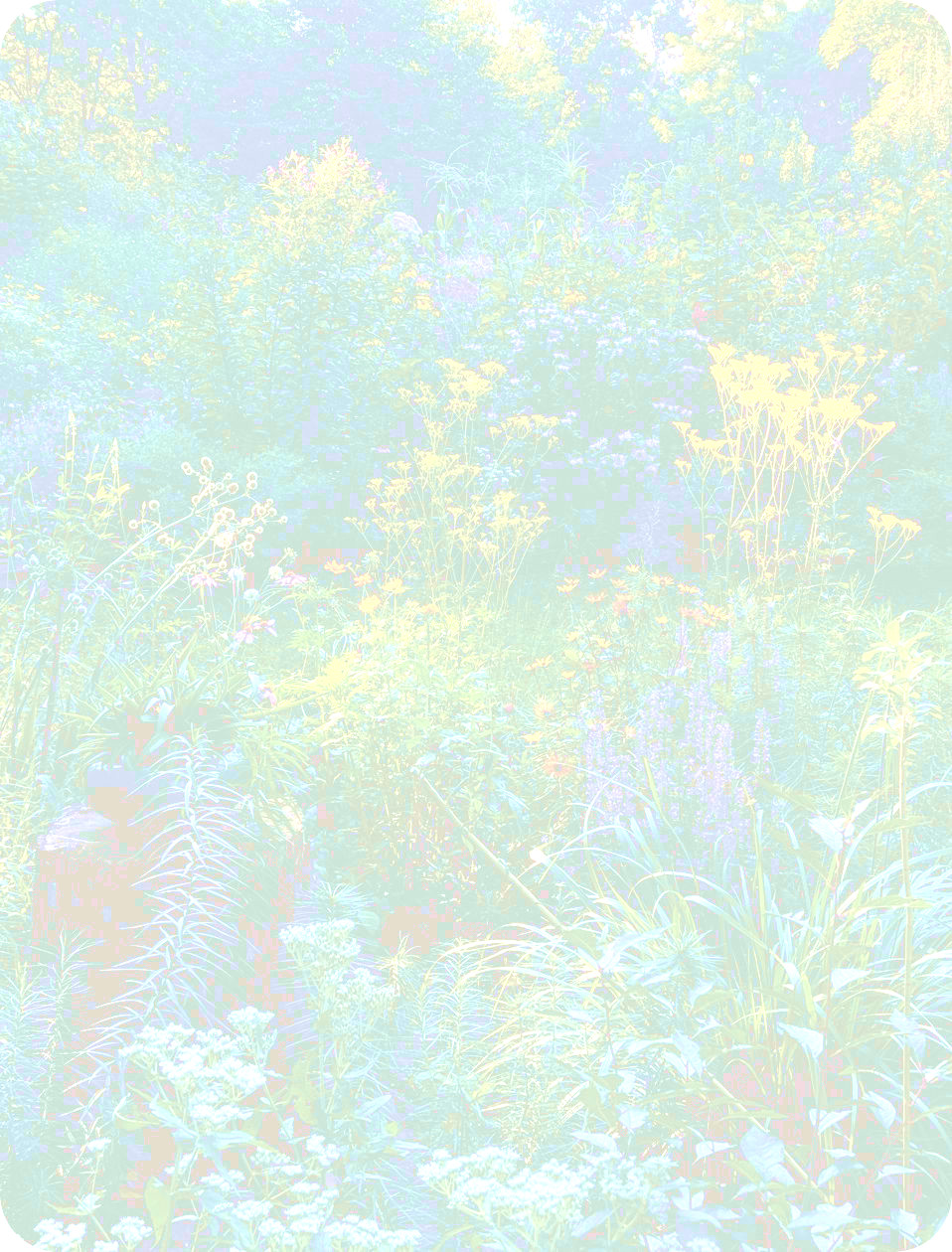
What is nature-based?
Here’s the nutshell: Healing, not Harming. Let nature do the nurturing.
- No toxic fertilizers or insecticides. Fertilizers overstimulate plants and make them susceptible to disease. The right plant for your soil, doesn’t need them. Insecticides are not target specific, they kill beneficial insects and soil organisms. You don’t depend on your landscape to eat, so why not share it with a host of wonderful life forms that could find refuge there?
- Retain, recycle and reimagine all biomass.Keep what your property produces (grass clippings, leaves, twigs, weeds, etc.) and feed it back to the soil. It is the food your place made for itself. Better than anything you can buy, and without the carbon footprint. (See PRFCT Lawn Basics for more).
- Plant at least two thirds native plants.Plants did fine without us humans for eons, so if you plant the ones that evolved in your conditions, they will still be fine with very little from you. Plus, they provide just the right food and shelter for local birds and pollinators. (See Two Thirds for the Birds for more).
- Avoid and remove invasive plants.Get to know which plants are invasive. (See the Invasive Plant Atlas for more). Don’t buy them. Remove and replace any you have already got. (See Beyond Pesticides for more).
- Water properly. Very seldom. Very deep. Over-watering is one of the most common landscape malpractices. It leads to a wide range of plant and soil problems and promotes tick and mosquito populations.
- Minimize pruning.Every cut is a wound. Plant with plenty of space for trees and shrubs to grow to their natural shapes. Leave deadwood and standing dead trees, unless positioned dangerously, they provide unique food and nesting opportunities.
- Relax and enjoy.Your landscape is not your living room; forcing it to be tidy, clipped, and fixed in time is “dead room.” Let it be alive; always changing and creating new surprising delights for you.
Hooray, eco-anxiety reduction in action! You are doing something unquestionably good for the earth. (Not to mention yourself, your family, and your pets). Once you get started, you will find there was nothing to fear. It is all fascinating, joyous, and beautiful.
Learn more: https://perfectearthproject.org/pep_tips
This was 2013 when you founded The Perfect Earth Project?
That was when we officially launched. It started when we put up the website, we put it out there. It is doable because I had examples that I had built with my clients.
You were able to convince your clients that this would be the way to go, and they trusted you and went with it?
Well, in the beginning, like I said, I didn’t know. I did know to look into what chemicals were used on their properties. So, everybody went into their files and pulled out all of their maintenance contracts with their various people, and we looked at what they were putting onto their yards, and then I looked them up to find out what are these chemicals? Oh my gosh, it was pretty scary. Then I went back to them and said, “Would you do this with me? If it doesn’t work, it doesn’t work, we’ll just go right back to what you got.” They said, “Sure.” Then I had to find people who could do it, who would be in the landscape world, who would be willing to work with me on it and assure them that no, they wouldn’t lose the job if it didn’t go well. How do we work this out and how do we find people who know about it? We did. That was in about probably 2008, no ’10, 2010, about 2010 when I really started looking into it. 2013 Earth Day, I launched.
You are a proponent of Douglas. W. Tallamy’s books “Bringing Nature Home” and his 2020 book, “Nature’s Best Hope — A New Approach to Conservation That Starts in Your Yard.” You speak publicly, write and advocate for Tallamy’s action plans and have lots of experience advancing adaption and conservation measures for your clients. You were already a conservationist when the books were published. How did these books resonate with you? Was it easier to hand your client’s these books rather than persuade them without them?
Well, his first book, the Backyard Book, I knew it was there, so it was like Noah’s Garden and all of those kinds of standard books. I wasn’t really pressing them on my clients because I don’t know, it sort of didn’t occur to me come to think of it. Of course, they were foundational confirming pieces of seminal works.
Well really, we just focused on the lawns and the lawn chemicals and getting them fixed. That meant no chemicals on the entire property. It wasn’t for a few years that I started really incorporating the biodiversity message, the native plant message. I sort of took it one thing at a time, because then it just started to become too much … Books like Doug’s started really paving the way, but still native plants were considered for a long time to be not a pretty garden. In addition to the books, I think the biggest influence was Piet Oudolf in the Highline— with perennials and grasses in naturalistic design defined by the ecology. I think his work was probably the single largest motivating factor.
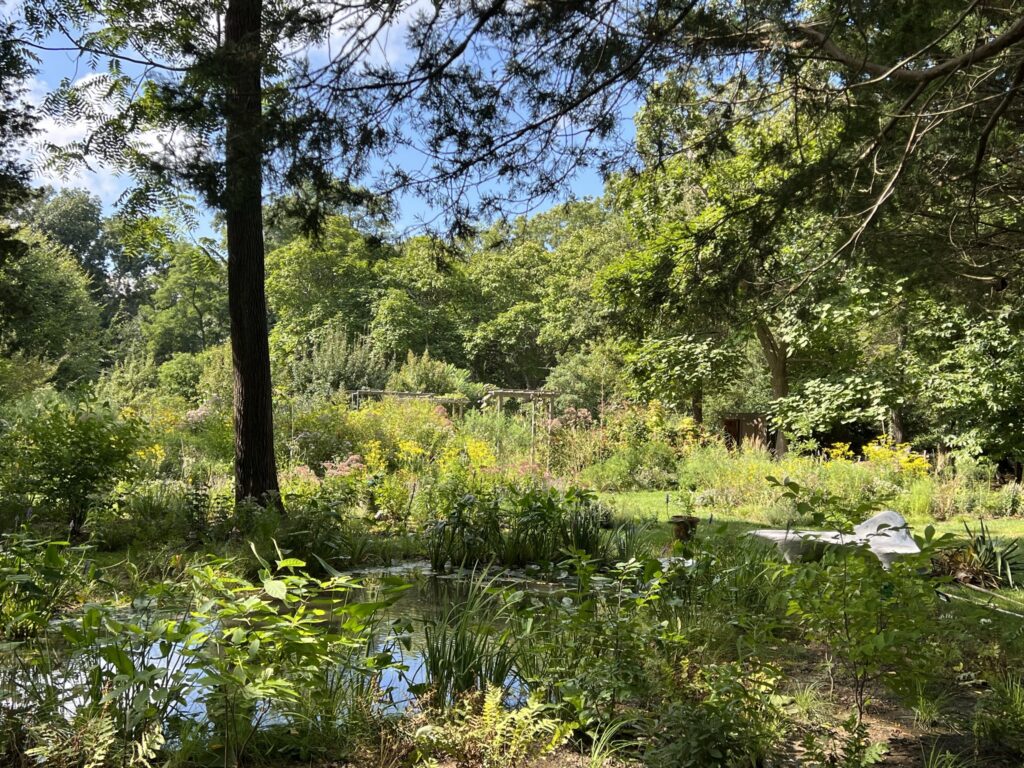
Absolutely, I’ve enjoyed watching the High Line plantings move through the seasons and mature.
Then there was the Brooklyn Bridge Park and people could see it. People could see that an ecologically minded approach is gosh darn beautiful.
That’s so true. Those inspiring works really opened people’s eyes to nature-based planting.
So, in recent years, you also launched Two Thirds for Birds.
That was totally inspired by Doug’s book, Nature’s Best Hope. Even though it’s more specific and less a general overall backyard kind of habitat book, that’s one I do give to my clients, the one I do recommend everywhere. That book raised awareness about the need to combat the decline of bird populations.
As you know, everywhere we turned at Davos this year a speaker warned us about ecosystem and biodiversity collapse. In the Two Thirds for the Birds website, you state, “Birds are the messengers for a much larger problem: canaries in coal mines, they are warning us about ecosystem-wide biodiversity collapse.” What do you advise your clients to do?
Well, Two Thirds for the Birds came about because it’s all interconnected. When I read about the bird decline, it made me sad. I wrote about it in my monthly newsletter and many people came back to me with real heartfelt responses. This was really touching people. The state of birds was touching people in a way, whereas me talking about Aesculus parviflora just doesn’t quite resonate. I said, okay. And then just about that time I’d gotten to know Doug because we shared the stage often for various speaking engagements. He said, “Oh, I have this book coming out and it’s kind of stuck because of COVID, but here I’ll send you the manuscript.
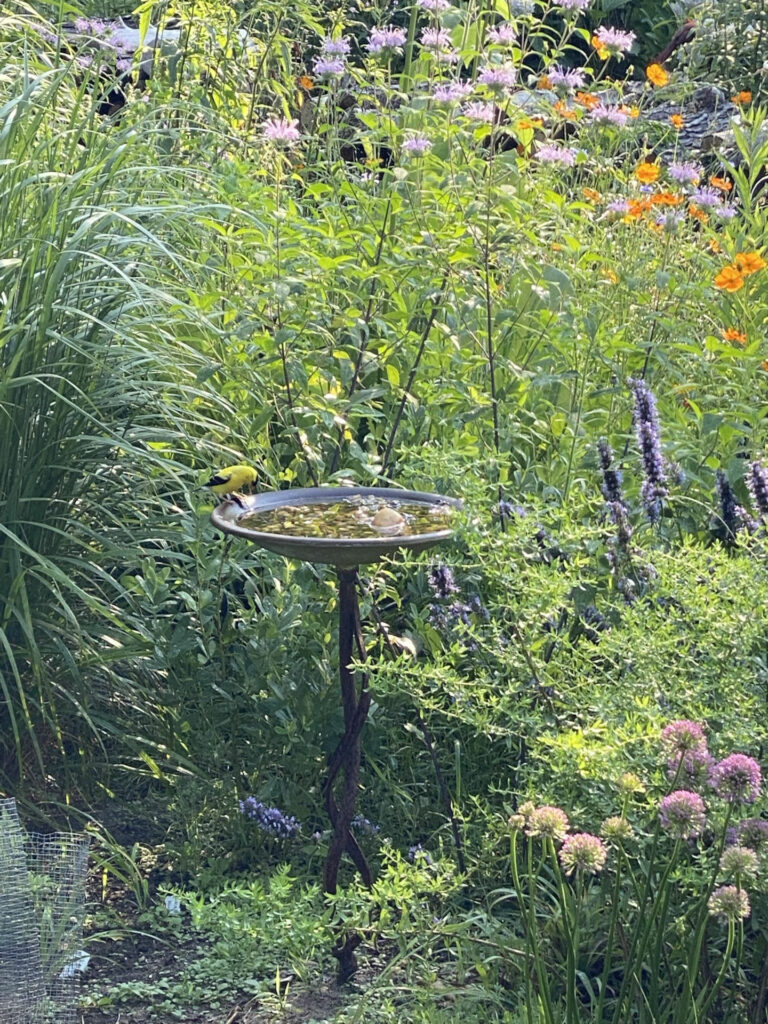
In it was the missing piece, the science, the actual number that I could say to people, if you plant, not just plant native plants, it’s really nice. If your landscape is 70% native plants, you will, without a doubt, scientifically proven by our beloved Doug, providing sufficient habitat for birds, and birds indicate the general health of a landscape and an ecosystem, and you’re restoring the bird population and you just have to provide the plants and not the pesticides and you’ve done your job. That’s a really strong message.
It was still COVID of course, and so I decided I’m going to add this to my messaging. I thought, “Well, he says 30%, but if I just make it two thirds, it rhymes with birds.” That was the origin of Two Thirds for the Birds to encourage people. We’d been looking at different things, how do you create a community around this? Everybody wants to know, well, who do I hire? We tried building a directory of landscapers and then people would call me and say, “That guy’s no good.” And whatever. He told me to use … He said, “Oh, this is not working.” Or other people say, ‘Oh, you left me off.” Or “I live here and there’s nobody listed.” I can’t do that.
I said, well, what if I create a self-aggregating, self-regulating community of practitioners? That’s what Two Thirds for the birds is. You just sign up and you say, “I’m doing this.” If you are a landscape designer, you say you’re a landscape designer, and it’s only filtered by state. If you’re a homeowner and you say, who are the landscape designers in my state or my adjacent state who say they’re doing this, “Oh, there they are.” Then you have this conversation. The fact is, if you put your name on that list and you’re not doing it, that’s going to be darned obvious really quick, because the criteria is fairly simple.
We also, in our resource pages, which are ample, have lots of things that you as a homeowner can do to vet what your landscaper or landscape designer should be doing. There are questions to ask them. There are ideas of how you know a good landscaper when you see one, because that’s a problem for people who don’t garden. But the idea is that, the Two-Thirds for the bird’s list is just that. It’s just a list and you sign up and you put how you want to be categorized, and then other people can search you by your state and your category. I’m hoping that over time people will start to create kind of subcategories or just be in touch with one another. The thing I now have to do is put energy into getting people to post their projects. People want to see what you’ve done. That’s going to take time. I think I’m going to have to push people a little harder. It’s not happening spontaneously.
Anybody out there who we are reaching—please post your stuff. We’d really like to see it, but also– sign up. It’s probably the only environmental program out there that will never ever ask you for money. We will never ever ask you to sign a petition. That’s not what it’s about. It’s just about creating a community.
Your mantra has been “70 percent native plants and no pesticides… and remove invasives.” However, as we have discussed, not everybody feels that this is the way to go. Removing invasives to protect native species is believed to be wrongheaded by some experts who say we need a new way of viewing flora. Some experts, like plant neurobiologist and botanist Stafano Mancuso, don’t believe in the concept of invasive species. He calls them “the most beautiful plants you can imagine,” and points out that plants have been traveling around the world since before humans appeared on the planet. And birds continue to carry plant seeds and place them in other areas and countries as they migrate. This is the natural way that plants distribute-
Yes.
... Within ecosystems, as we have discussed, these plants have incredible qualities—medicinal and nutritional values et cetera.
Yes. Culinary value, building materials… incredible. We have stopped putting our predatory pressure on many of them, which allows them to increase without boundaries. I totally agree with him. I still don’t think that people should plant plants that we know are going to invade their neighbor’s property or something. I just think they should be aware. For me, it’s about awareness and it’s about engaging in the conversation. A lot of the behavior that environmental organizations are employing concerns me. The first being applying war terms to plants. Their war on invasives or battling invasives or fighting. I’m with Mancuso on that, I don’t do war on plants. I do think that it’s always about educating people. It’s about let’s have this conversation. I know that a lot of the conversation is around using herbicides on invasives. If you look on Facebook and elsewhere there’s all these crazy heated discussions, much of it is fueled by the chemical industry and they’re putting out incorrect information.
They’re seeding it in there. We’re trying to create a forum and a place where people can come that is a safe place to talk about it. Doug Tallamy, actually recommends using Roundup. We have a really different opinion there. He says, “Well, I’ve got so much bittersweet on my property, I could never in my lifetime control it without Roundup.” I said, you surely don’t want bittersweet taking over your property. He’s got a lot of wonderful native plants there that bittersweet would probably just annihilate. At the same time, if we don’t look for the alternative, nature-based things, how would nature do this? If we waited forever, it would figure out, it would somehow sort itself out. But we don’t want to wait. This is my yard and I’m going to be here for just this much time, and I want it this way. Which is okay… How can we look at that system? How will we ever come up with those solutions if we just take the easy out? We won’t.
No, and I think you’ve certainly have gotten a lot of experience with helping your different clients try these things and you have evidence that it works.
I’m so lucky. It’s not just me. Every landscape person has the opportunity in a way, if you look at it that way, to get paid to learn. Every job is a learning experience.
What are the key advice points about property management that you would like to share with anybody with a yard or some property?
It depends on what are they struggling with. My key point is to relax. Just relax. Number one, question your goals, not your motivation because your motivation is real. We are motivated to garden. We love gardening. I question goals. What do I want this garden to be for me? My suggestion is, are you listening to what your garden would like to be, and do you know how much easier it would be if you let it be what it wants to be than you deciding what it wants to be? I’m not saying this is for everyone. There are maybe a lot of people out there with amazing native gardens who are already doing this. We must learn to step away from the need for ‘neat’ and let nature play a role in how we perceive, design and maintain our human dominated lands. There are many ways that you can stop, so to speak, battling your piece of land and look at it and know.
One of my most favorite books is. I recommend that right up there with Nature’s Best Hope and a couple others. It’s about starting by loving your Earth like you love your children, like you love your pets, you would never harm them, you just would never harm them. Can you fold your landscape into that circle of love and approach it with that? Just go out there and sit for a moment. Another good thing to know is to get to know your eco-region. You kind of know what a place historically has been and what it wants to be. I’m not a fanatic for that you can only plant plants from your very exact eco-tome and all of that. Not unless you’re being hired to do an exact ecological restoration. Then of course you would want to be precise.
Otherwise, you want plants that are going to be happy. They’re going to be happy and they don’t need you fussing over them with watering and fertilizing or pesticides because they’re going to get a fungus problem. The ones that don’t perform, I let them die. Sorry. You’re not happy here. Why would I keep you suffering forever?
You’ve said that “landscaping is not a product, it’s a process and that it is ongoing cooperating”, which goes along with what you’re saying, about cooperating with nature and letting it be what it wants to be makes that process so much more rewarding. Do you have anything else to add to that?
Yes, it is the ultimate relationship and it’ll never let you down.
I do think that in the face of climate change, people ask me if I get discouraged because so much is not being done right. Even in the face of all evidence to the contrary, people are still doing really crazy things. To my mind, if you can get it right in your yard, that’s an amazing start. By doing so, we will lessen the blow. Good conservation can help people be more resilient as nature starts to fight back.
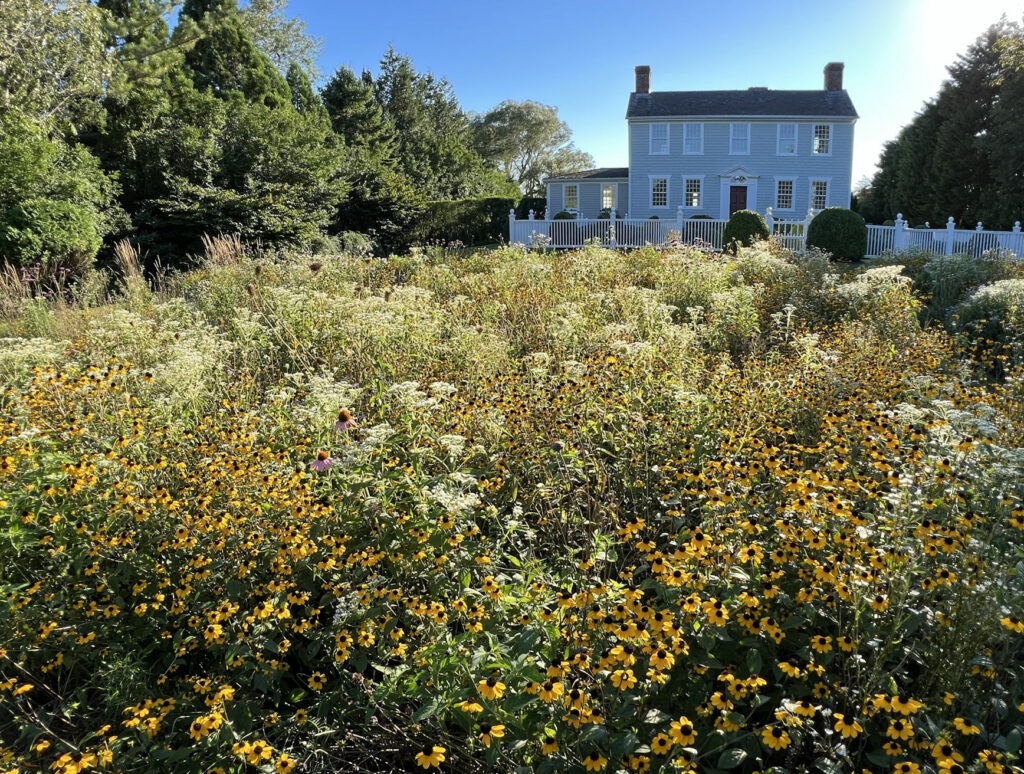
One last question, would you tell us about the best smell on Earth that you experienced in the jungles of Panama.
Yes, it was in the remote, untouched tropical forests of the Darién, Panama (on the border of Colombia). The area is undisturbed and breathtakingly beautiful. Its smell is unique, extraordinarily complex, subtle, but pervasive. The ranging ecosystem contains extensive flora and fauna, many endemic–they only exist there. The indigenous elders said that there are many different smells and smelling is how they hunt and find their way.
Edwina von Gal is an award-winning landscape designer investing in species protection and habitat reconstruction. She is the founder of the Perfect Earth Project, a non-profit that promotes nature-based, toxic-free land care practices and the program Two Thirds for the Birds, to help stop bird decline. You’ll want to join both.
Gayil Nalls, Ph.D. is the creator of World Sensorium and founder of the World Sensorium/Conservancy.
Plantings
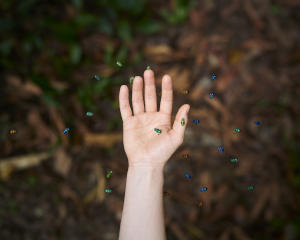
Ecological Kinship Makes Scents
By Jake Eshelman
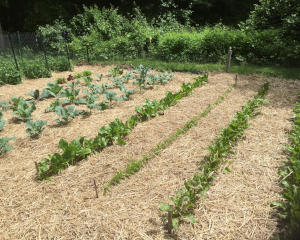
How Does Your Garden Grow?
A Conversation with Vivian Berry, Cultivator and Steward of Berry FarmZ
By Véronique Firkusny
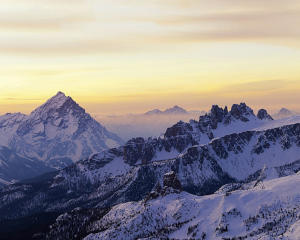
Energy is a Form Giver
A Conversation with R. Randall Vosbeck, FAIA
By Liz Macklin
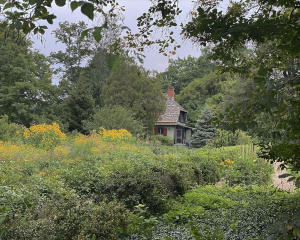
Samuel Morse
Locust Grove Estate and Nature Preserve
By Gayil Nalls
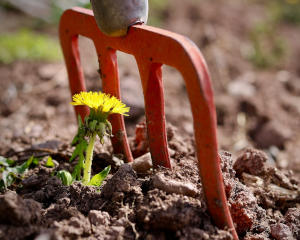
The Power of Weeds to End Hunger in an Uncertain Climate
By Lewis Ziska
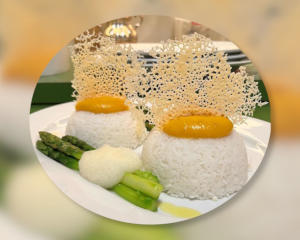
Eat More Plants Recipes:
Basmati Rice with Pumpkin, Asparagus, Cauliflower and Grana Padano ‘Waffle’
By Chef Giovanni Parlati

As Ireland transitions from the rich, smoky scent of peat-burning to a more sustainable future, its olfactory heritage is evolving. What will become the next iconic aromatic symbol of Ireland?
Click to watch the documentary trailer.


